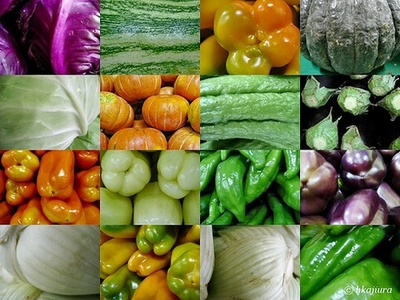
A device developed by Brazilian researchers identifies whether a perishable food is in good condition or if it's unfit for consumption.
The device was developed by researchers at the state-owned Brazilian Agricultural Research Corporation (Embrapa) and is based on magnetic resonance technology used for the diagnosis of various diseases. It can be used prior to the acquisition of products and quickly and safely identifies, without damaging the food, fruit juice, milk or adulterated oils.
The technology allows a consumer to know whether, according to the amount of sugar it has, a fruit is sweet or sour, reported the world's largest centre for research in tropical agriculture, Embrapa.
Biochemist Luiz Alberto Colnago, responsible for the device, ensured that nuclear magnetic resonance could be used in supermarkets to ensure the quality of products offered to consumers.
"The device can analyze foods such as fruits, nuts, cheeses and others even if they are packaged in plastic or glass," says Colnago.
The device measures the chemical composition of food so you can see the amount of sugar a fruit has, the amount of alcohol in a bottle of wine or how much fat meat and sausages have.
The only limitation that the machine has is that it can't analyze foods that are packaged in metallic materials, such as cans, or foil.
According to Colnago, the technology may be available in the market in about two years and a company in Argentina, that patented part of the invention, has already expressed their interest in it.





